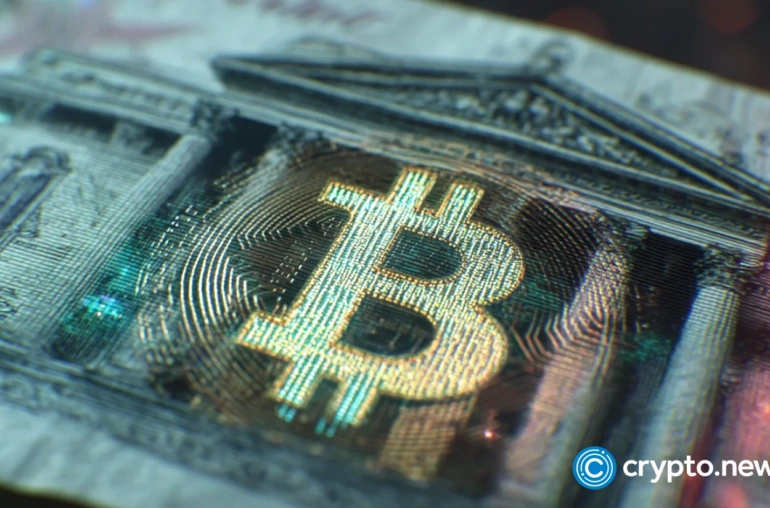The $3.5T DePIN Boom: Where Blockchain Meets AI

The decentralized physical infrastructure network (DePIN) market is poised for explosive growth, with the World Economic Forum (WEF) predicting a staggering $3.5 trillion valuation by 2028. This surge is driven by the powerful convergence of blockchain technology and artificial intelligence (AI), reshaping how we build and manage infrastructure globally.
Why DePIN Is the Next Big Thing
DePIN represents a paradigm shift in infrastructure development, leveraging decentralized networks to create more efficient, transparent, and scalable systems. Unlike traditional models reliant on centralized entities, DePIN empowers communities and individuals to participate in infrastructure projects—from energy grids to telecom networks—using blockchain-based incentives.
The AI-Blockchain Synergy
Here’s how these two technologies are fueling DePIN’s rise:
- Smart Automation: AI optimizes resource allocation and predictive maintenance in decentralized networks.
- Trustless Coordination: Blockchain ensures tamper-proof record-keeping and automated payouts via smart contracts.
- Scalability: AI-driven analytics enhance network performance, while blockchain provides immutable audit trails.
Key Sectors Set to Benefit
The WEF report highlights several industries where DePIN will make the biggest impact:
- Energy: Peer-to-peer energy trading and grid management.
- Telecommunications: Decentralized 5G and IoT networks.
- Transportation: AI-optimized logistics and EV charging ecosystems.
Challenges Ahead
While the potential is enormous, hurdles like regulatory uncertainty and interoperability between blockchain protocols remain. However, as standards emerge and AI tools mature, DePIN could become the backbone of a more equitable digital economy.
Want to stay ahead of the curve? Keep an eye on projects merging AI and blockchain—they might just be the architects of tomorrow’s infrastructure.



